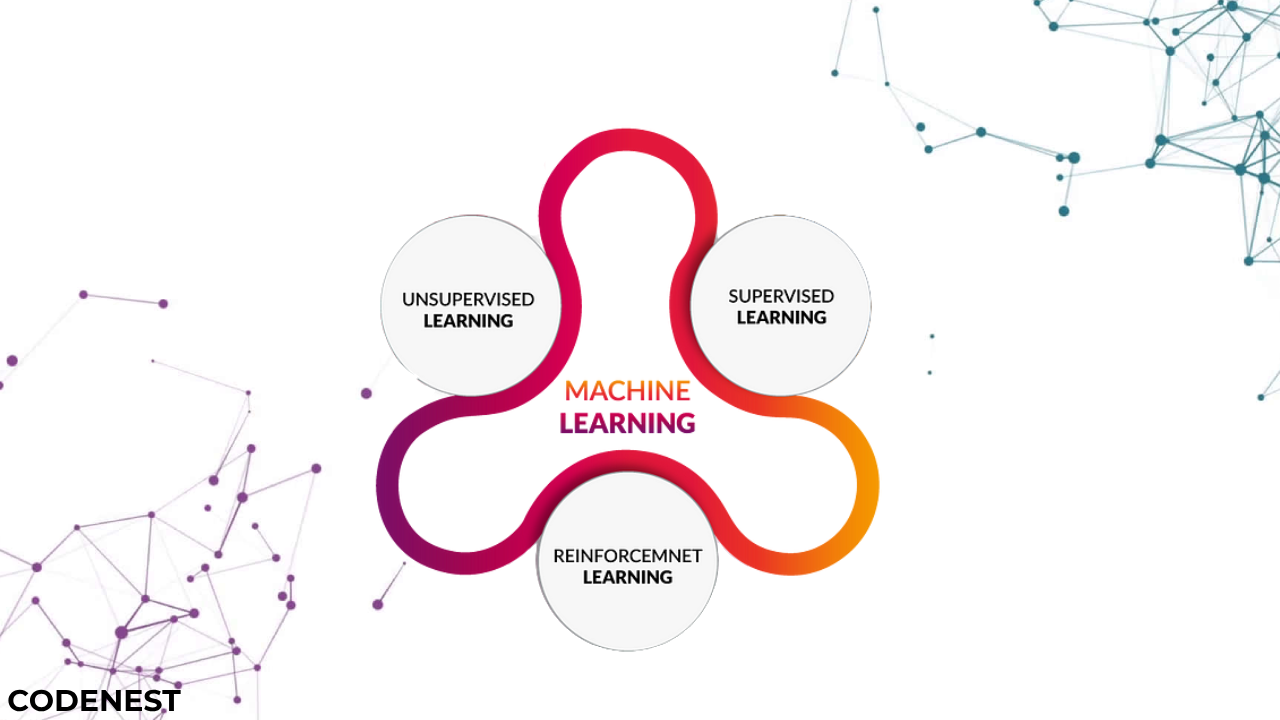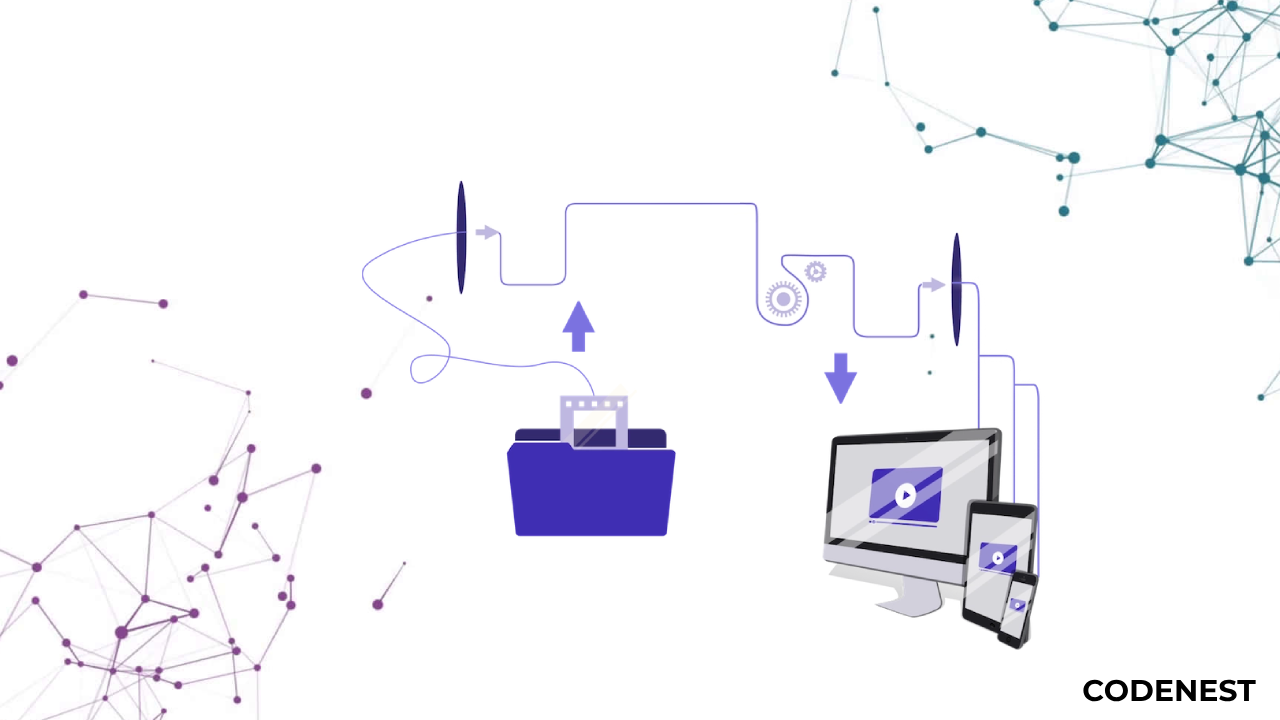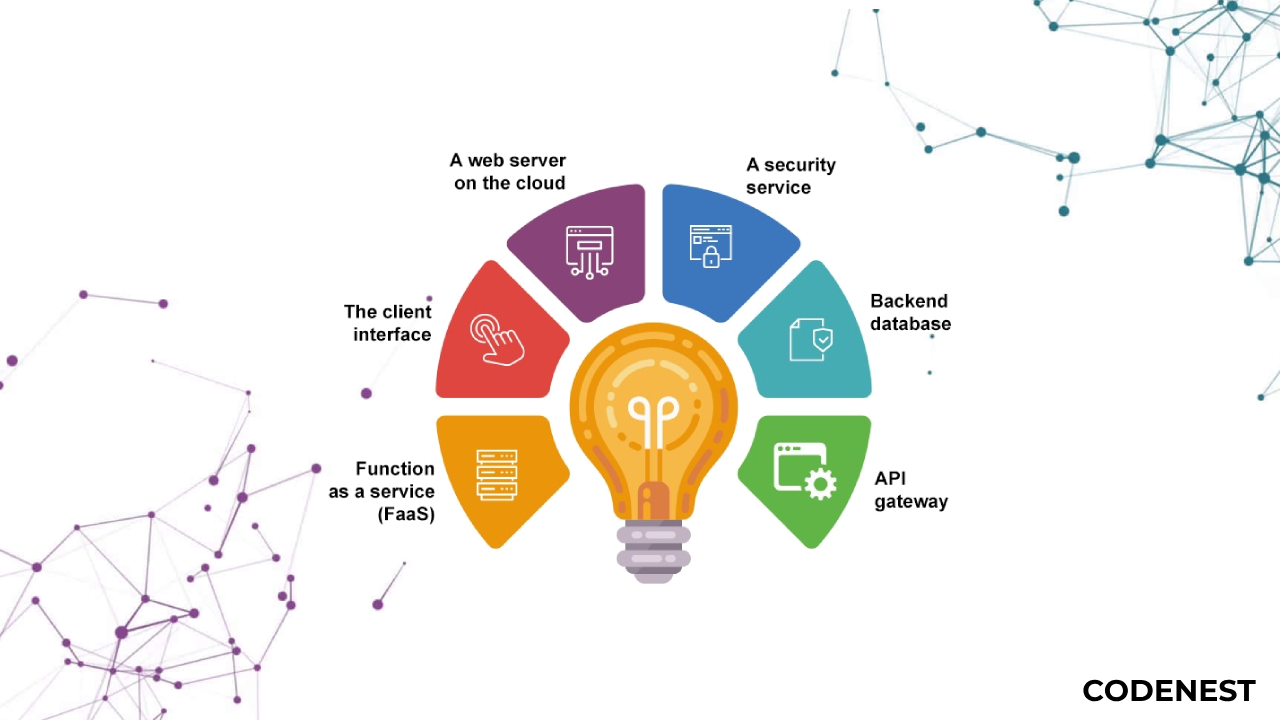Machine learning, a subset of Artificial Intelligence, involves the development of models and algorithms that enable computers to learn from data and enhance performance through experience, without explicit programming for each task. This article delves into various types of machine learning algorithms, their applications, advantages, and disadvantages.
Supervised Machine Learning
Supervised learning entails training models on a "Labelled Dataset" containing both input and output parameters. Algorithms in this category learn to map inputs to correct outputs. Two main types are Classification and Regression.
Classification
Classification predicts categorical target variables, such as spam or not spam in emails. Algorithms map input features to predefined classes and include Logistic Regression, Support Vector Machine, Random Forest, Decision Tree, K-Nearest Neighbors (KNN), and Naive Bayes.
Regression
Regression predicts continuous target variables, like house prices. Algorithms map input features to numerical values and include Linear Regression, Polynomial Regression, Ridge Regression, Lasso Regression, Decision Tree, and Random Forest.
Advantages of Supervised Machine Learning:
- High accuracy with labeled data.
- Interpretable decision-making.
- Utilizes pre-trained models, saving time and resources.
Disadvantages of Supervised Machine Learning:
- Limited in identifying unforeseen patterns.
- Time-consuming and costly with labeled data reliance.
- May lead to poor generalizations with new data.
Applications of Supervised Learning:
- Image classification
- Natural language processing
- Speech recognition
- Recommendation systems
- Predictive analytics
- Medical diagnosis
- Fraud detection
- Autonomous vehicles
- Email spam detection
- Quality control in manufacturing
- Credit scoring
- Gaming
- Customer support
- Weather forecasting
- Sports analytics
Unsupervised Machine Learning
Unsupervised learning discovers patterns and relationships in unlabeled data. It aims to find hidden patterns, similarities, or clusters within data, applicable in data exploration, visualization, and dimensionality reduction.
Clustering
Clustering groups data points based on similarity, revealing patterns without labeled examples. Algorithms include K-Means, Mean-shift, DBSCAN, Principal Component Analysis, and Independent Component Analysis.
Association
Association rule learning discovers relationships between items in a dataset, implying one item's presence based on another's probability. Algorithms include Apriori, Eclat, and FP-growth.
Advantages of Unsupervised Machine Learning:
- Discovers hidden patterns and relationships.
- Applied to customer segmentation, anomaly detection, and data exploration.
- Doesn't require labeled data, reducing labeling effort.
Disadvantages of Unsupervised Machine Learning:
- Difficulty predicting model output quality without labels.
- Cluster interpretability may lack meaningful insights.
- Techniques like autoencoders and dimensionality reduction extract meaningful features.
Applications of Unsupervised Learning:
- Clustering
- Anomaly detection
- Dimensionality reduction
- Recommendation systems
- Topic modeling
- Density estimation
- Image and video compression
- Data preprocessing
- Market basket analysis
- Genomic data analysis
- Image segmentation
- Community detection in social networks
- Customer behavior analysis
- Content recommendation
- Exploratory data analysis (EDA)
Semi-Supervised Learning
Semi-supervised learning combines labeled and unlabeled data, useful when acquiring labeled data is resource-intensive. It predicts labels with unsupervised techniques and feeds them to supervised techniques.
Types of Semi-Supervised Learning Methods
- Graph-based semi-supervised learning
- Label propagation
- Co-training
- Self-training
- Generative adversarial networks (GANs)
Advantages of Semi-Supervised Machine Learning:
- Improved generalization using both labeled and unlabeled data.
- Applicable to various data types.
Disadvantages of Semi-Supervised Machine Learning:
- More complex implementation.
- Requires some labeled data.
- Unlabeled data may impact model performance.
Applications of Semi-Supervised Learning:
- Image classification and object recognition
- Natural Language Processing (NLP)
- Speech recognition
- Recommendation systems
- Healthcare and medical imaging
Reinforcement Machine Learning
Reinforcement learning involves interaction with the environment, learning from trial, error, and reward feedback. It's used in tasks requiring a sequence of decisions, such as game-playing and robotics.
Types of Reinforcement Machine Learning
- Positive reinforcement
- Negative reinforcement
Advantages of Reinforcement Machine Learning:
- Autonomous decision-making for sequential tasks.
- Suitable for achieving long-term results.
- Solves complex problems conventional techniques can't.
Disadvantages of Reinforcement Machine Learning:
- Computationally expensive and time-consuming training.
- Impractical and costly due to substantial data and computation needs.
- Not preferable for simple problems.
Applications of Reinforcement Machine Learning:
- Game playing
- Robotics
- Autonomous vehicles
- Recommendation systems
- Healthcare
- Natural Language Processing (NLP)
- Finance and trading
- Supply chain and inventory management
- Energy management
- Game AI
- Adaptive personal assistants
- Virtual Reality (VR) and Augmented Reality (AR)
- Industrial control
- Education
- Agriculture
In conclusion, understanding the diverse types of machine learning is crucial for leveraging the appropriate approach in various applications. Each type has its strengths, weaknesses, and unique applications, contributing to the vast and evolving field of machine learning.




